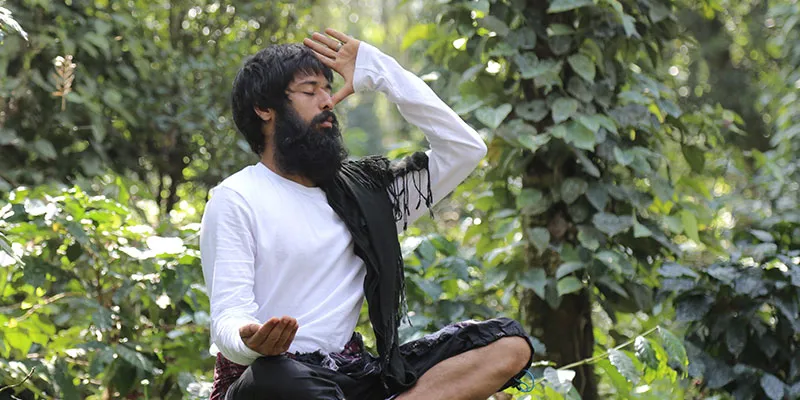Plagued by a wandering mind? These yoga practices will enhance concentration
It’s always good to have one’s mind and the body together for a healthy living. And these simple yoga practices will help you achieve that.

Yoga is believed to be the ultimate healer for the body and soul. Yoga is more than just an activity limited to mould your body; it has profound impact on the human mind. Yoga mends our mind, decluttering one’s emotional health and helping one overcome stress, ailments etc.
These emotional clutters restrict us from fully reaching our potential, and have a retarding effect on our mental health. Investing in healthy bodies contributes towards greater success while engaging in our pursuits and interests at work, with family, hobbies and passions. Practising yoga on a daily basis could enhance your concentration, develop greater agility and altogether help you lead a more fulfilling life.
Referring to the great yogic sage Patanjali, Yoga chitta vritti nirodha, which means “yoga is the reduction of fluctuations of the mind.” Yoga is the best form of mental exercise that could calm the mind completely and steer it away from all distractions.
Here are some great yogasanas to enhance your concentration:
Prayer pose:

- This simple breathing exercise is a great way to start your practice.
- Sitting cross-legged on the floor, bring your hands into prayer position. Try to quiet your mind by focussing on your breathing while keeping your spine straight.
- Salutation seal really helps in centreing your concentration and focus and easing your breathing.
Pranayama:

- It is the formal practice of controlling the breath, which is the source of our prana, or vital life force.
- There are various types of pranayama mentioned in Hatha yoga, which will strengthen the prana and help to improve concentration, like kumbhaka pranayama, nadishidhana pranayama etc.
Tadasana:

- Tadasana or the Mountain Pose is the mother of all asanas. All the yoga poses that you assume branch out from the tadasana, which is the base.
- To start with this asana, stand on the ground barefoot with your legs and feet joined together. Bend your knees slightly and the straighten them to help loosen your joints.
- Breathe in and raise your toes gently and try to balance your body on your heels. Stretch your shoulders, arms and chest upwards while your toes bear your body weight. Feel the stretch in your body from the head to the feet. Hold this pose for about five to 10 seconds and then gently exhale. Tadasana is a basic-level Hatha yoga asana.
Vrikshasana:

- The pose resembles the steady strong stance of a tree
- This asana is mainly a balancing posture, and its main benefits lie in improving balance and enhancing the nervous system.
- Stand upright. Your feet should be together and knees absolutely straight. The arms should be at the respective sides. Without bending the left knee, lift your right foot and hold the ankle with the right hand. Fold the right leg at the knee joint. Inhale and raise your joined hands slowly over your head. Stretch up and stand straight, keeping your balance. Look straight and maintain this pose. Exhale and lower your hands to the middle of the chest. Return to the starting position by lowering your right leg.
Garudasana:

- The pose gets its name from the Hindu god Garuda, known for his power, strength and focus.
- Your spine and hip should be erect and shoulder pointing forward. Breathing evenly and gazing at a distance of about four or five feet away will help you maintain balance.
- It can be a great way to gain balance and strength. It might take some time to balance or be able to fully wrap your hands or legs. Be sure to move at your own pace and never force your body into the pose. Try these simple changes to find a variation of the pose that works best for you.
Natarajasana:

- Natarajasana or the Dancer Pose is named after Nataraja, the dancing avatar of Lord Shiva.
- It is an exigent pose that takes time for one to perfect.
- Natarajasana is an intermediate-level Vinyasa yoga asana. It is advisable to practise this pose for at least 15-30 seconds.
Ustrasana:

- Camel Pose is a backward bend that resembles a camel’s posture when one sits.
- Ustrasana strengthens and stretches your back and shoulders and improves your posture. It relieves backache and improves respiration, digestion, and excretion. It heals and balances your chakras and stimulates the endocrine glands.







